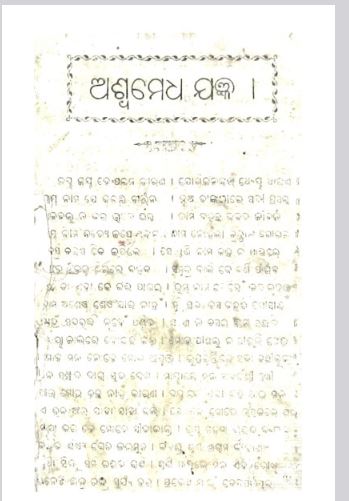The Sanskrit term ‘Yajna’, which means prayer, sacrifice, and submission, is where the name ‘Yagya’ first appeared. It also goes by the name Homam and denotes activity without anticipation. It is a specialised ceremony created for all types of persons in order to have a joyful and tranquil life on earth. It is a science, a technique for achieving self-realization, and a way of life. There are many different types of sacrifices, and Ashwamedha Yagya is one of the largest. Since the dawn of time, kings and rishis have performed them. Many rituals with a spiritual and profound meaning can be found in the ancient Hindu tradition. One of the most practised rituals in Hindu civilization is the horse sacrifice known as the Ashwamedha Yajna. Since this ritual is mainly a procedure observed by the princely classes and elites, it may be known as an elite ritual. There is a great deal of interesting information on the origin of Ashwamedha Yajna.
There were three basic goals for these yajnas. Sometimes, kings or other authorities would perform this Yagya in an effort to atone for their sins. In the instance of Lord Rama, it was carried out to atone for the murder of a Brahmin (Ravana) and a lady (ogress Tataka). Some kings engaged in it in order to show that they were superior to the other kingdoms. Some kings followed suit because it is said that those who offer 100 Ashwamedha sacrifices will become the king of gods (Indra).
Books Info
| Books name | Ashwamedha Jagnya / ଅଶ୍ବମେଧ ଯଜ୍ଞ |
| Author | NA |
| No Of pages | 8 |
| Publisher | NA |
| Publication | 1930 |
| Printed At | NA |
| Distributor | NA |

